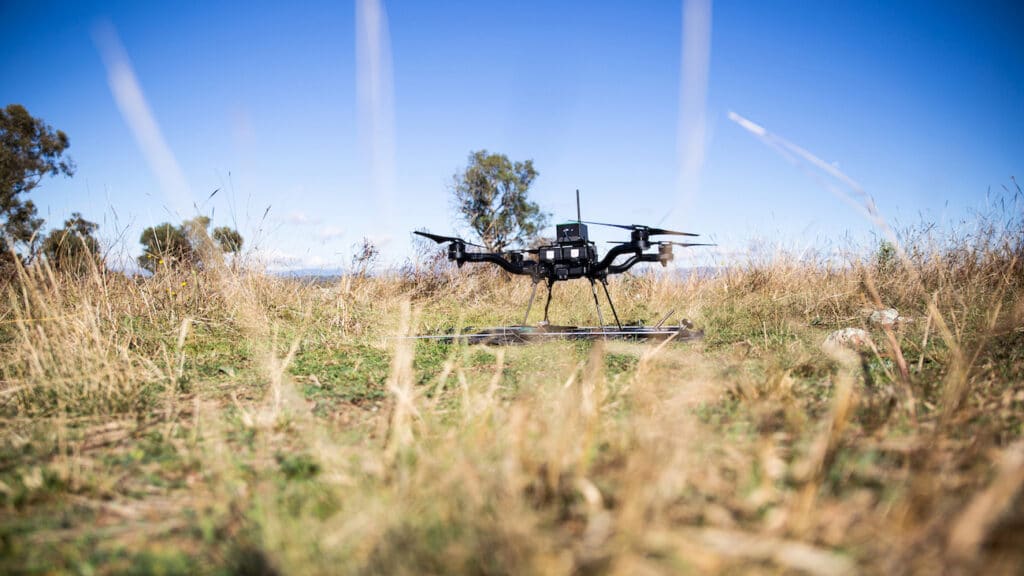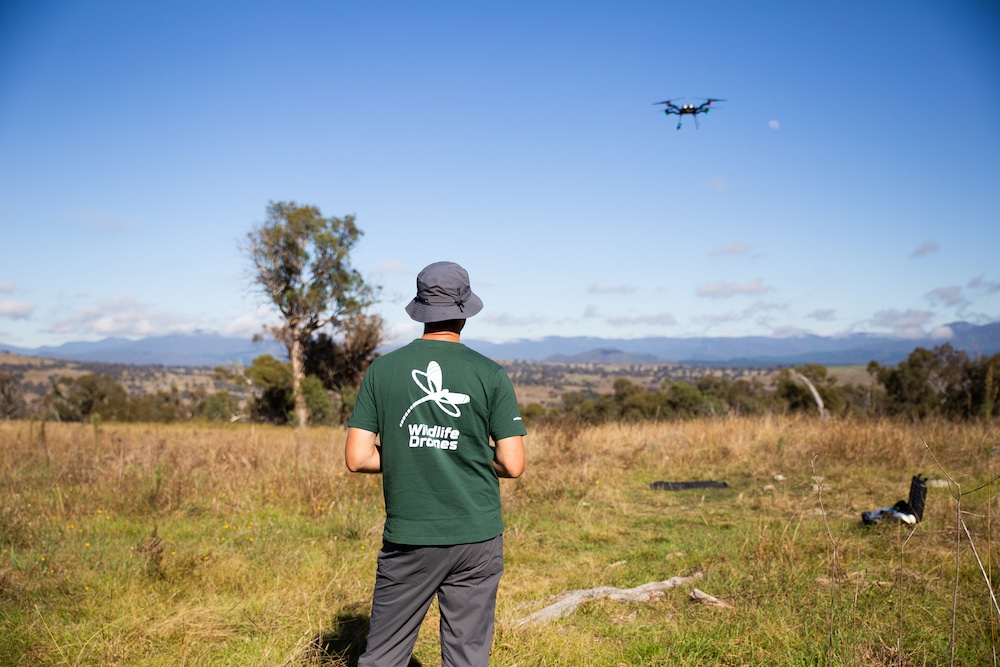Insights: 10 things to know before your first drone flight
10 things to know before your first drone flight
If you’ve recently become a drone pilot and you’re itching to get your new drone outside it can be tempting to rush out the door. After all, there’s nothing quite like taking your new drone on its first flight and seeing the world from a whole new perspective. But there are a few important things to keep in mind to make sure you have a successful first flight!
1. Register your drone
In the United States, all drones must be registered with the Federal Aviation Administration (FAA) unless they weigh less than 250 grams. FAA drone registration only costs $5 and is valid for three years.
Drone registration requirements are similar in Australia. Anyone flying a drone for work must complete the relevant CASA drone registration.
2. Read the manual
As boring as it sounds, reading the manual is the best way to learn the basics and minimise the chance of crashing on your first flight. Pay particular attention to the sections about how to control the drone and what to do in an emergency situation. Although many drones are very sophisticated and will hover in one spot waiting for your command, it’s a good idea to also educate yourself on how to fly your drone manually so that no matter what happens you can retain, or regain, control of your drone.
3. Inspect your drone
Before every flight, inspect your drone to ensure it’s in tip-top condition. When you first get the drone, remove any stickers covering buttons or vents, make sure the propellers are securely attached and check for damage that may have occurred in transit. And if your drone’s been on the shelf for a while, make sure to give it a good dust.
4. Charge your batteries
Keeping your batteries in optimum condition is important for battery longevity. Fully charge your drone, controller and phone batteries before heading outside. Also, check how many flying minutes you can get out of your batteries when carrying different payloads and monitor power levels throughout the flight to avoid any emergency landings.
5. Download apps and firmware
Most drones are supported by an app that lets you adjust flight, camera and return to home settings. Some even live-stream footage for your drone photography. Also, make sure your firmware is up-to-date as this will minimise the chance of glitches. Always check these settings before take-off to make sure your operation can be performed safely.
6. Learn local drone laws
Familiarise yourself with local drone laws, such as maximum flying heights, distances you must keep the drone from people and within visual line of sight, and rules for flying close to airports since these can differ for certified versus hobby pilots.
7. Check where you can fly
Discovering new places with spectacular scenery is one of the best parts of being a drone pilot. But it’s important to know what areas are off-limits. Apps like the FAA-endorsed B4UFLY app and CASA’s verified apps can help you avoid controlled or restricted airspace and provide information about other important landmarks in the area. There are also often restrictions with national parks and nature reserves so be sure to check local details as well.

8. Check the weather
There’s nothing more disappointing than planning a full day of flying, only to have a storm roll in at lunch time. It’s not advisable to fly your drone in high wind, and you don’t want it to get wet, so remember to check the forecast before you set out for the day. Keep an eye on wind speed, air pressure and visibility.
9. Choose an open area
It’ll take a while to get the hang of flying your drone so choose a wide, open area for your first few practice flights. Get comfortable with the controller, and practice flying the drone in different directions. As you get more experienced, you can start introducing obstacles and flying in tighter patterns.
10. Practice makes perfect!
Mastering drone flight and drone photography won’t happen overnight. We’ve learnt from experience, just to enjoy the process, be patient, and get lots of practice flights in!
Did you know Wildlife Drones can help you become a qualified drone pilot if you are based in Australia? Contact us today to learn more.


